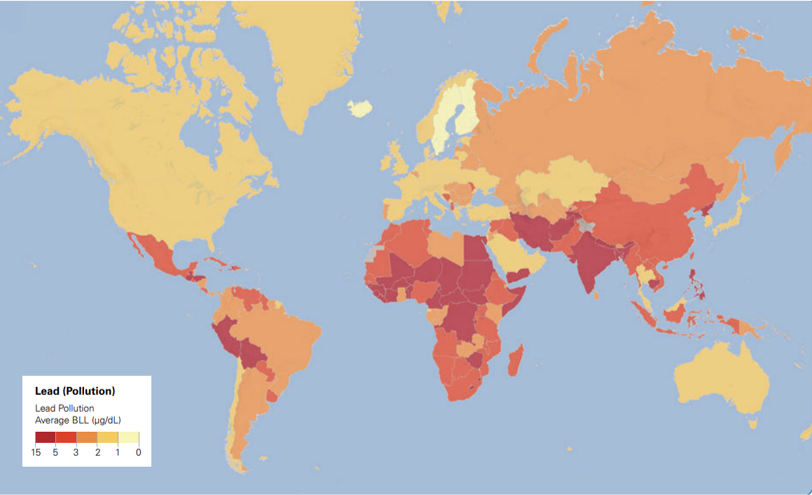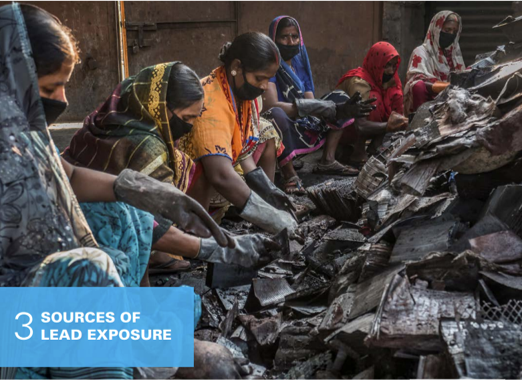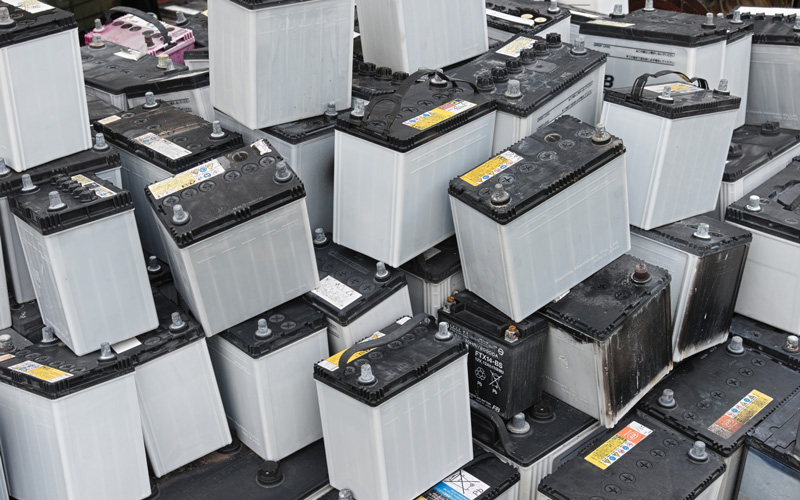Tackle Lead Waste Issues!
55% of the global market is dominated by lead-acid batteries
The flagship of battery technology in modern times includes lithium-ion batteries and solid-state batteries. However, the most widely used battery worldwide is actually the lead-acid battery, capturing 55% of the global market. Moreover, the market size expands annually, with expectations of continuing growth exceeding a 5% annual rate in the future.
The Pros and Cons of Lead-Acid Batteries
Lead-acid batteries, which are inexpensive to manufacture, are widely accessible worldwide, permeating every corner of life. This widespread availability enables comfortable electricity usage and enhances people’s living standards. Moreover, their efficient energy storage capabilities make them increasingly recommended for zero-carbon initiatives. However, behind these advantages, significant issues arise.
1
Huge amount of waste
Lead acid battery becomes unusable in a short period. Then, due to its low cost, a significant amount of waste is illegally dumped and processed in dangerous ways. Approximately 55% of batteries worldwide are discarded in a short period, leading to an enormous amounts of toxic waste.
2
Environment pollution and
Health hazard
To manage lead-acid batteries without causing health hazards or environmental pollution requires extensive urban planning and comes with significant costs. However, how many countries can afford to establish and maintain such facilities? On the surface, disposal appears safe and recycling efforts are touted. Yet, the reality often involves damages beyond our imagination.
The following images show a map of global lead pollution and the state of lead waste management mainly in developing countries. The damage has already reached a critical level, with UNICEF warning that one-third of the world’s children (800 million) are already suffering from lead poisoning. Lead contamination and poisoning particularly affect the vulnerable. The recycling is being done by those unaware of the health hazards of lead, and the damage continues to spread.
Indeed, because lead batteries are inexpensive, it is more economical and less labor-intensive to consume and discard them in large quantities. However, we must not ignore that this practice is causing lead poisoning in 800 million uninformed children. What is required of us now is not to easily consume and discard lead batteries in large quantities but to use them more carefully and for longer periods. As one solution, COREDZ holds great potential.


Resolve Lead Waste Issues
with COREDZ
The issue of lead disposal has persisted globally since the development of lead batteries over 100 years ago. While the problem has long been recognized, its impacts continue to spread. Addressing this global reality requires more than idealistic intentions alone. However, COREDZ offers clear benefits that can provide a solution to the lead disposal problem.
Cost down
If it becomes more expensive than it is now, only a limited number of people will use it. There needs to be a significant cost reduction through use, not just a slight cost reduction, one that is clearly noticeable.
Short working time and Safety
Even if lead batteries improve, if the process takes several hours to several days or involves risks, they won’t be adopted. For widespread adoption, it must be convenient, quick, and above all safe.
Enhancement of Function
Simply lowering costs without enhancing appeal turns the business into a ‘discount business,’ which does not lead to growth. Without improvements in lead battery functionality, it won’t become a high-profit business and won’t expand.
Existing systems can be used
It becomes difficult to use if it requires special equipment investment and special regulations.
It must be a means that can utilize the existing system as it is.

